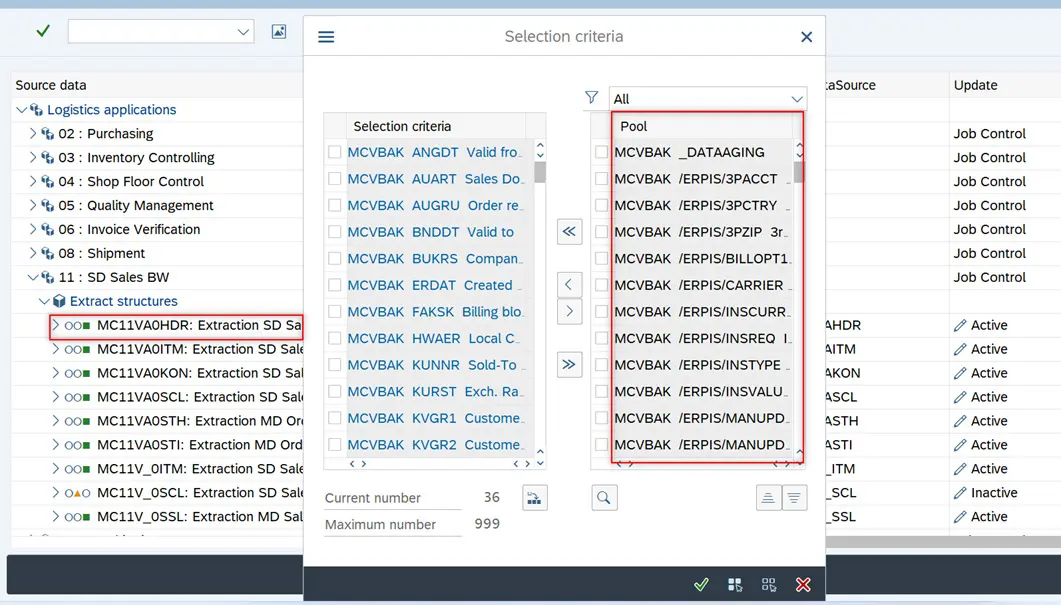The Three Main Approaches To Postgres CDC
Before going into the types of Postgres CDC, let us briefly understand the two as individual entities.
PostgreSQL or
Postgres is an open-source relational database and is widely used for carrying
out multiple functions such as data warehousing, OLTP workloads, and business
analytics.
Change Data Capture
(CDC) is a software design pattern. It tracks and monitors changes made to a
database and takes the necessary action based on those changes.
Now, let us go
into detail about the three types of Postgres CDC.
# Trigger-based Postgres
CDC
Here it is
possible to identify changes such as Insert, Update, and Delete in the table of
interest. A changelog can be created for each change by inserting a row into a
change table. In this type of Postgres
CDC changes captured
are stored in PostgreSQL only.
The downside
here is that the performance of Postgres is adversely affected as triggers increase
the execution time of the original statement.
# Query-based Postgres CDC
In this model, a timestamp
column shows when a row has been last changed in the tracked database. Here,
unlike the previous type, Postgres CDC captures only Insert and Update
events and not Delete changes.
The downside here is that
this approach requires repeated refreshes of the tracked tables and hence,
resources are wasted if there are no changes.
# Logical
Replication-based Postgres CDC
This type of Postgres
CDC quickly replicates data between different PostgreSQL instances, even
though they might be running on different systems. There is a write-ahead log
on a disk that reflects all change events like Delete, Update, and Insert.
The downside here is
that versions of PostgreSQL older than 9.4 do not support logical replication.



Comments
Post a Comment